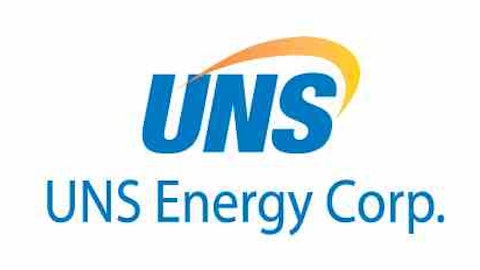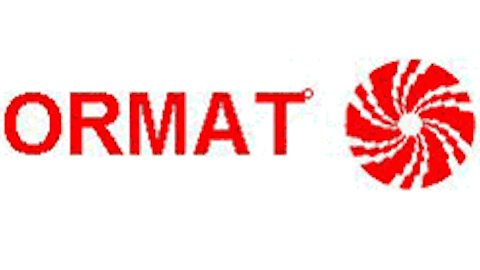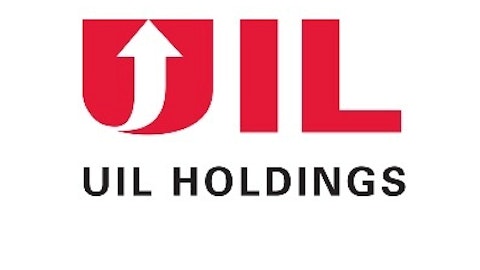Nathaniel August’s Mangrove Partners revealed a big new position in Atlantic Power Corp (NYSE:AT) in its most recent 13F filing for the period ending December 31, 2014, and today in a newly released filing with the SEC it was revealed that the fund has changed the once passive position to an activist one. The newest filing details a position of 9.09 million shares, giving Mangrove a 7.5% stake in the owner of numerous North American power plants. That’s slightly down, by less than 4,000 shares, from what it reported ownership of in a filing on January 30.

Mangrove easily beat the market during the first quarter with strong returns of 8.4% using our weighted average returns metric. Atlantic Power Corp (NYSE:AT) gained just under 3.7% during that time, though it wasn’t included in our calculations for Mangrove’s returns given that it’s a company with a market cap of less than $1 billion. The second quarter has been an even better one for Atlantic Power thus far, with returns of nearly 16% driven by multiple catalysts even before Mangrove’s activist involvement was first reported.
In early April it announced that it would sell its wind generation projects to TerraForm Power Inc (NASDAQ:TERP) for $350 million, an important cash injection for Atlantic Power after it had failed to find a buyer for the wind farms last year. A week later, Atlantic Power reported several corporate cost cutting initiatives, including the move of its headquarters from downtown Boston to Dedham, Massachusetts, saving it approximately 50% in rental costs on its headquarters. Atlantic Power also announced plans to close offices in Seattle, Chicago, and Portland, and downsize its office in Toronto. The various moves are expected to save Atlantic Power $10 million annually by 2016.
It was the latter move however, the sale of Atlantic’s wind farms that likely spurred Mangrove into action with the belief that it could have some of that cash returned to shareholders. The fund’s intentions were reported by Reuters on April 29, with sources claiming that Mangrove was pushing for a special dividend payment to shareholders of $300 million (nearly the entirety of the sale price of Atlantic’s wind farms). In addition, sources also noted that Mangrove was still considering other options for returning value to shareholders, including breaking up or selling the company, for which it would likely seek board representation.
Atlantic Power Corp (NYSE:AT) had begun the sales process last year but the board ultimately concluded that a sale was not in the best interests of the company at that time. Another fund, Greg Taxin’s Clinton Group, which also opened its position in Atlantic during the fourth quarter, later pushed for the revival of that sale process. According to Mangrove’s latest filing, on April 24 the fund conducted a telephone interview with Atlantic Power’s President and CEO James J. Moore Jr., during which the fund did indeed express a desire for board representation. Interestingly, Clinton Group, which held a position of 2.34 million shares at the end of 2014, would not be able to support a resolution put to the board by Mangrove for a sale of Atlantic Power, as it has an agreement with Atlantic to support the company’s initiatives with its voting power, should a proxy battle ensue.
Some other shareholders who could possibly play a role in such a vote, should the situation ever escalate to that point, include David S. Winter and David J. Millstone’s 40 North Management and James Dondero’s Highland Capital Management.
We don’t just track the latest moves of funds. We are in fact more interested in their 13F filings, which we use to determine the top 15 small-cap stocks held collectively by the funds we track. We gather and share this information based on 16 years of research, with backtests for the period between 1999 and 2012 and forward testing for the last 2.5 years. The results of our analysis show that these 15 most popular small-cap picks have great potential to outperform the market, beating the S&P 500 Total Return Index by nearly one percentage point per month in backtests. Moreover, since the beginning of forward testing from August 2012, the strategy has worked splendidly, outperforming the market every year and returning 137.7% through April 14, which is more than 80 percentage points higher than the returns of the S&P 500 ETF (SPY) (see more details).
Disclosure: None





